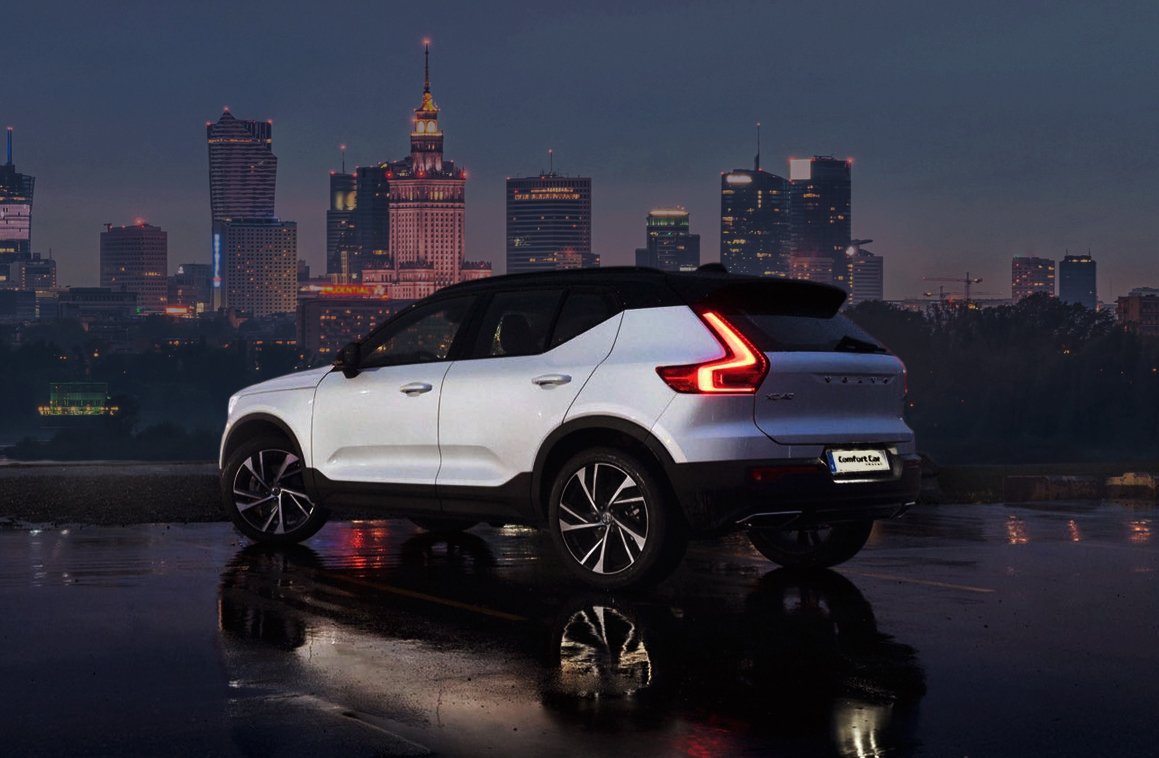
Don't let the stereotypes of 'Eastern Europe' fool you. Poland has been a member of the EU since 2004 and funding and development has brought quality road infrastructure to the country, linking the Baltic coast to the mountainous south and all the major destinations in between. Limited single and two-way country roads are getting more and more relief with every passing year, so you can rest easy(er). An added bonus is that Poland is, for the most part, a very flat country, which means your fuel economy will go much further and being preoccupied with your gearbox won't be an issue, allowing you to better enjoy the cruise and surrounding scenery. Don't have a car? Not to worry. Polish car rental companies like ComfortCar are spread across the country, with a range of vehicle options at your disposal, from small economy cars to vans, people-movers and exclusive luxury vehicles.
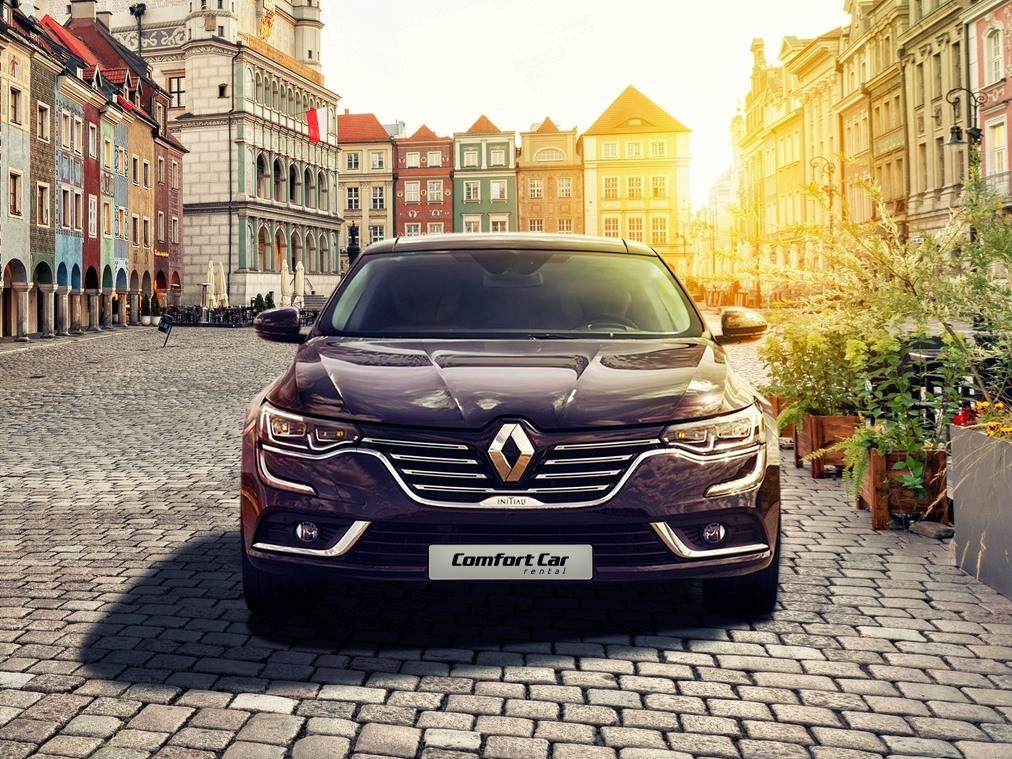
WARSAW AND CENTRAL POLAND
There's plenty to see and do in Warsaw, however, we understand that not all visitors are content with just visiting the capital and may wish to explore beyond the city limits for numerous reasons - be it you've visited Warsaw before, or you're a resident, student or expat in the city who's seen and done it all and wish to explore the wider Masovian region. So where to begin?Those who have flown or bused into the Polish capital have several options to the north-west of Warsaw that are not so easily accessible by public transport. History buffs, urban explorers and architecture lovers should take note of the Modlin Fortress, a collection of 19th-century barracks 30km northwest of Warsaw that totals 2,250m - the longest building in Europe. Seeing action in numerous conflicts since 1812, much of this lengthy infrastructure at the intersection of the Narew and Vistula rivers remains derelict, providing evocative ruins for exploration and photography. Plans have been rumoured to turn this spot into a shopping centre, so visit before it's changed forever!!
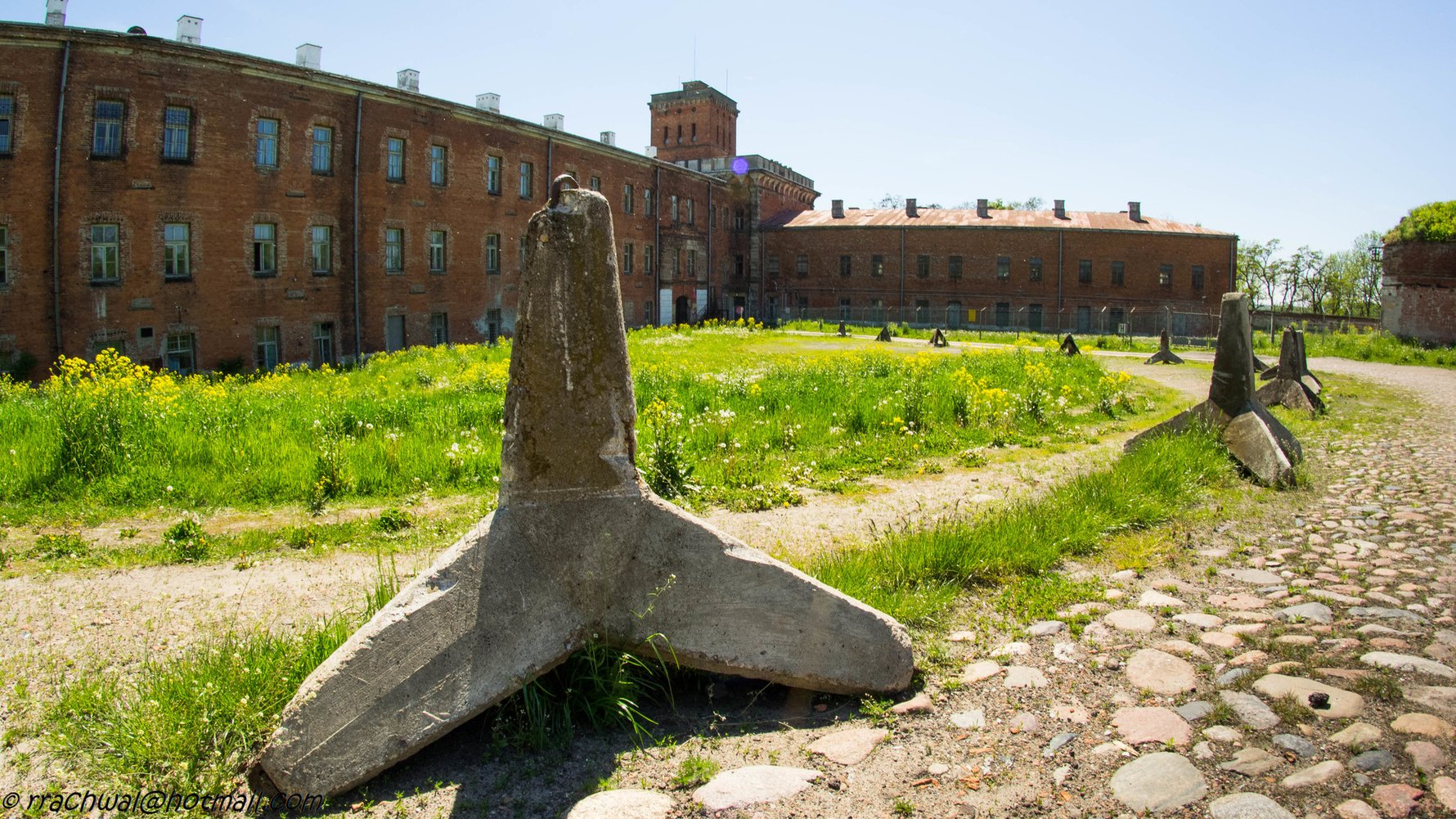
Across the Vistula and 10km south, lovers of nature can enjoy the expanse of Kampinos National Park, the most accessible of Poland’s national parks. With a total area of 385km2, here you'll find dense woodland, interspersed with dunes and marshland. You can switch your car for a bike, horse, or a pair of hiking boots, as Kampinos is criss-crossed with many trails to enjoy the outdoors.
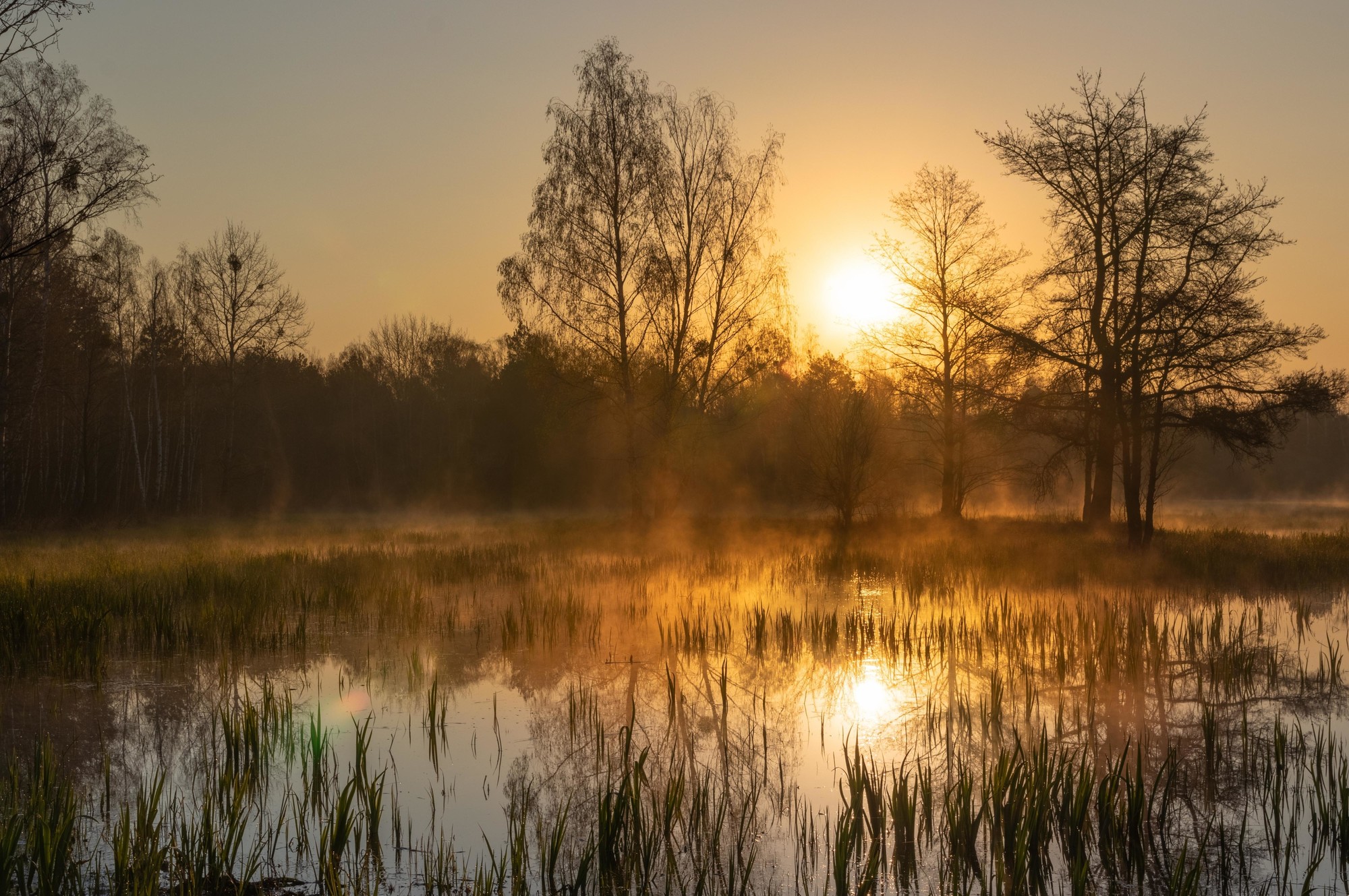
Out into the countryside, 46 km west of Warsaw, the birthplace of Fryderyk Chopin can be found in the picturesque village of Żelazowa Wola. The museum, residing in the charming 19th-century house where the famed pianist and composer was born, offers more than just a snapshot of his early life. The serene gardens and grounds are also the host of frequent piano recitals and small concerts, an experience that cannot be matched by anything in the big smoke!
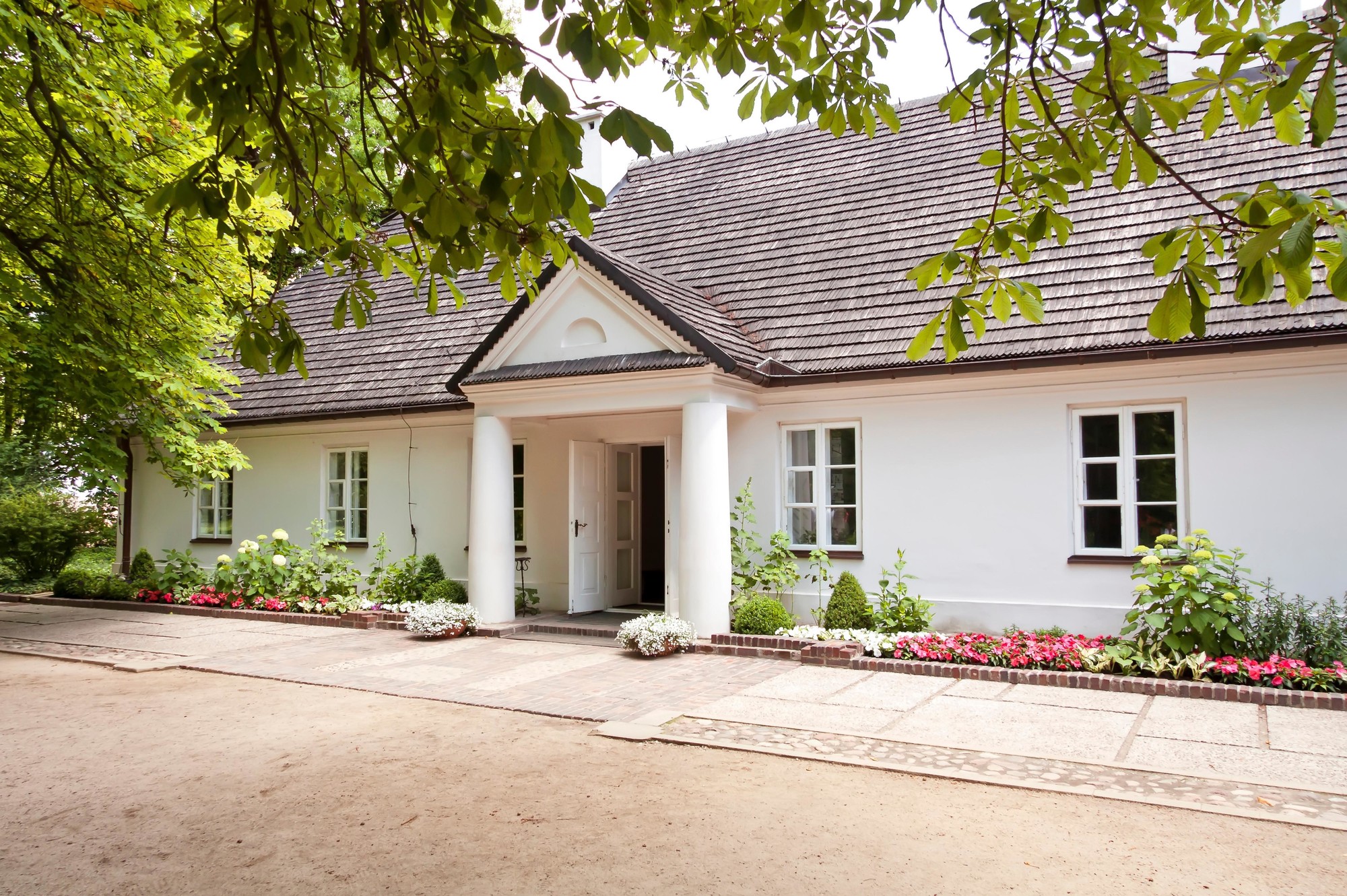
Getting out to other major centres in the Masovia region of Poland can be done as easy day trips, and are even more flexible if done by car. The popular spa town of Konstancin-Jeziorna, 20km south of Warsaw's city centre, has been cooling off the local aristocracy since the late 19th century, and now it's your turn! The small historic town of Pułtusk, 70km north of Warsaw, is home to the longest market 'square' in Europe. This hugely-underrated tourist spot is extremely popular with Warsaw locals, who often take a weekend or two off here, enjoying a multitude of outdoor activities - kayaking, lounging on the beach, or taking up the challenge of forest walking and biking trails nearby! 111km north-west of Warsaw, a visit to the Vistula-riverside city of Płock can also be completed in one day, including a drop in at the town of Czerwińsk nad Wisła on the way. The centuries-old fortification atop the hill of Wzgórze Tumskie, offers an unbeatable view of the Vistula River, not to mention a tonne of nearby medieval sights.
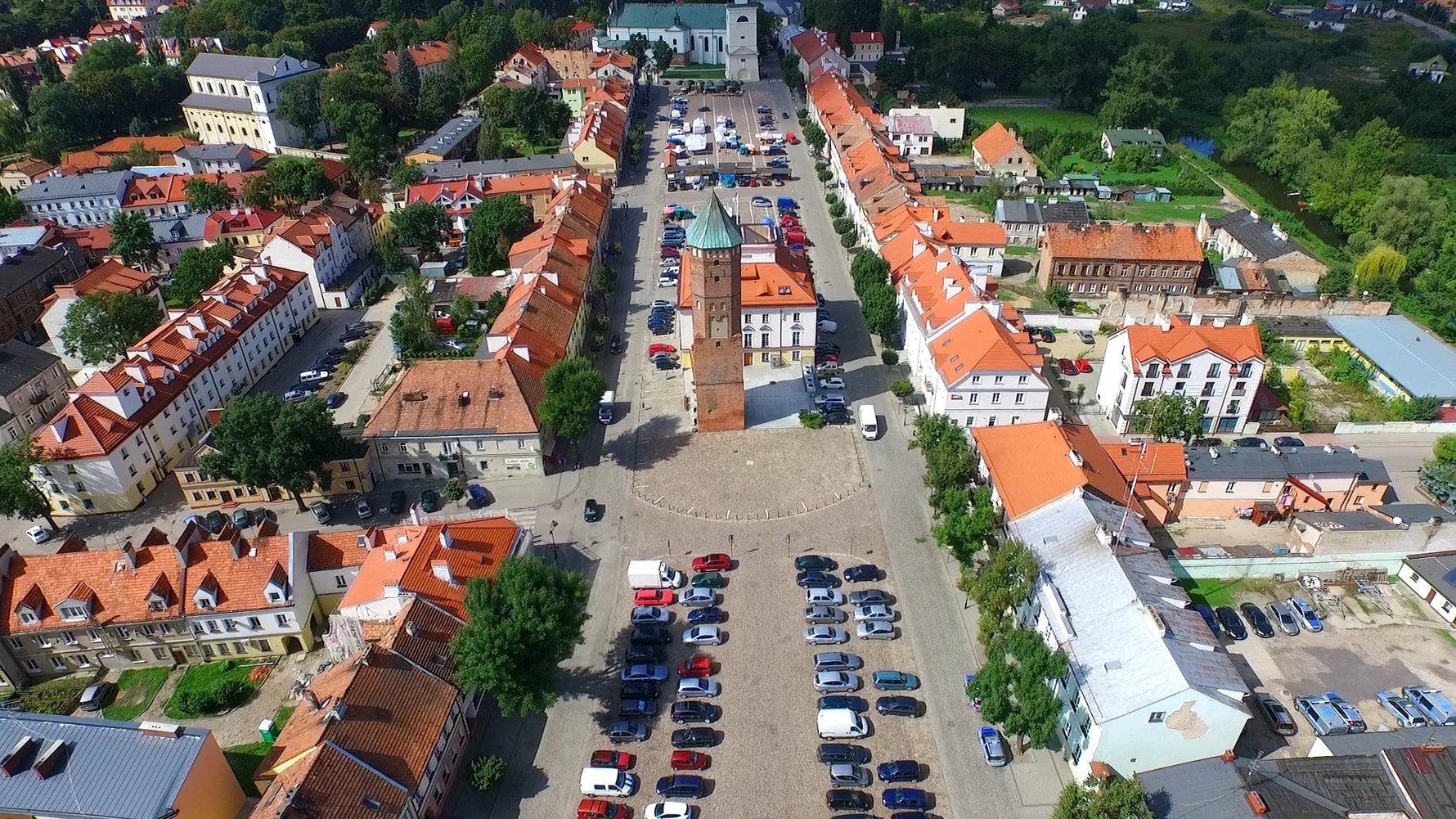
POMERANIA, KASHUBIA AND THE BALTIC COAST
While other European countries are better associated with the seaside, Poland has an ample amount of coastline along the Baltic Sea and is a popular holiday destination for big city Poles in the summertime, not to mention Scandinavians and other Westerners looking for a reasonably-priced holiday! Gdańsk and the Tri-city area (including Sopot and Gdynia) have a strong centre of gravity and visitors take advantage of the train lines in between all three. So what about further afield in Western Pomerania?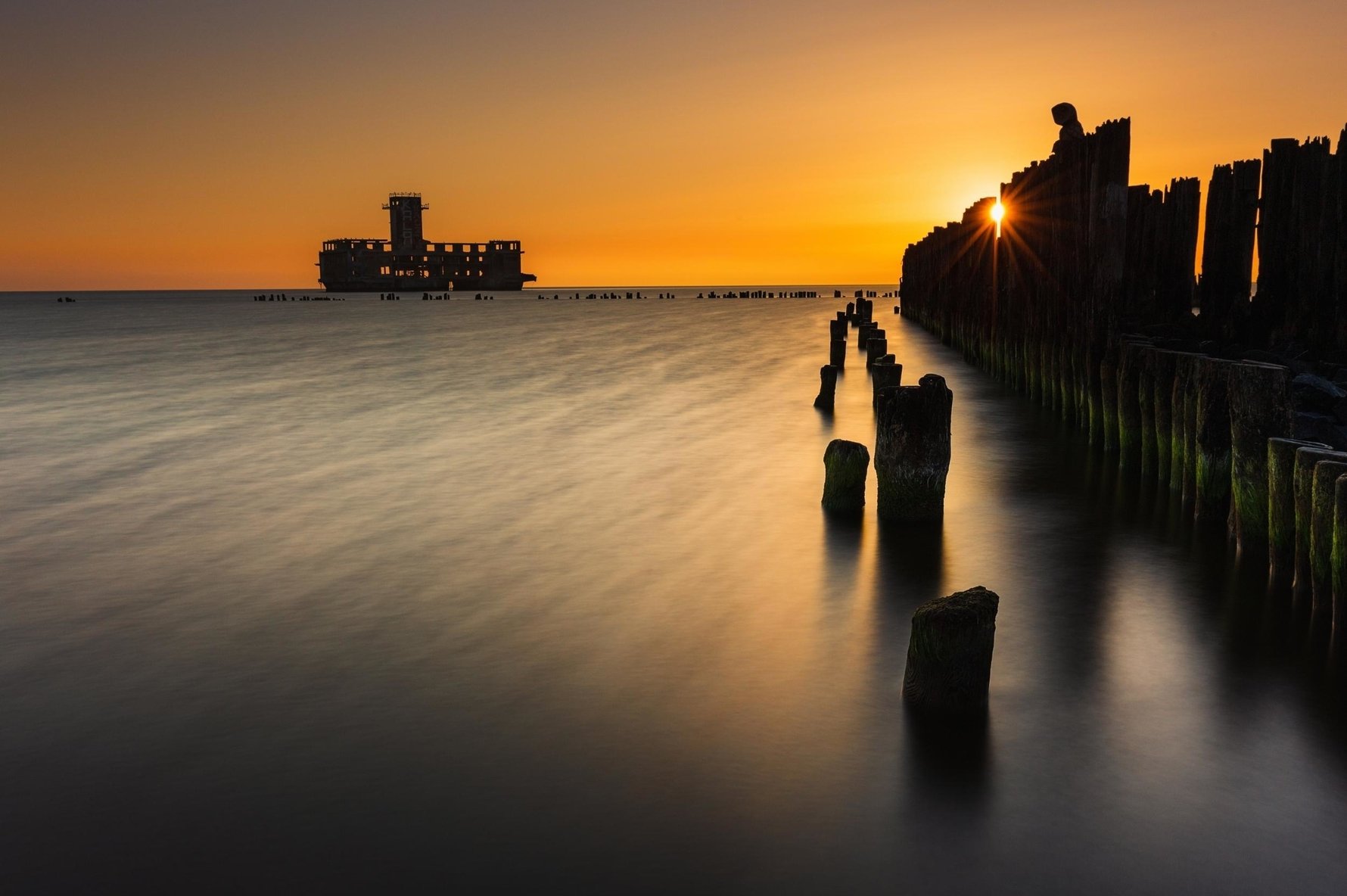
Travelling from Germany to Poland by car via the A11 Autobahn will bring you first the floating city of Szczecin, where the Oder River meets the Baltic. Amongst the numerous indulgences of shopping, nightlife and an attractive cultural events calendar, Szczecin wows visitors for its warren of WWII German bunkers and subterranean trails that lead all over the city centre.
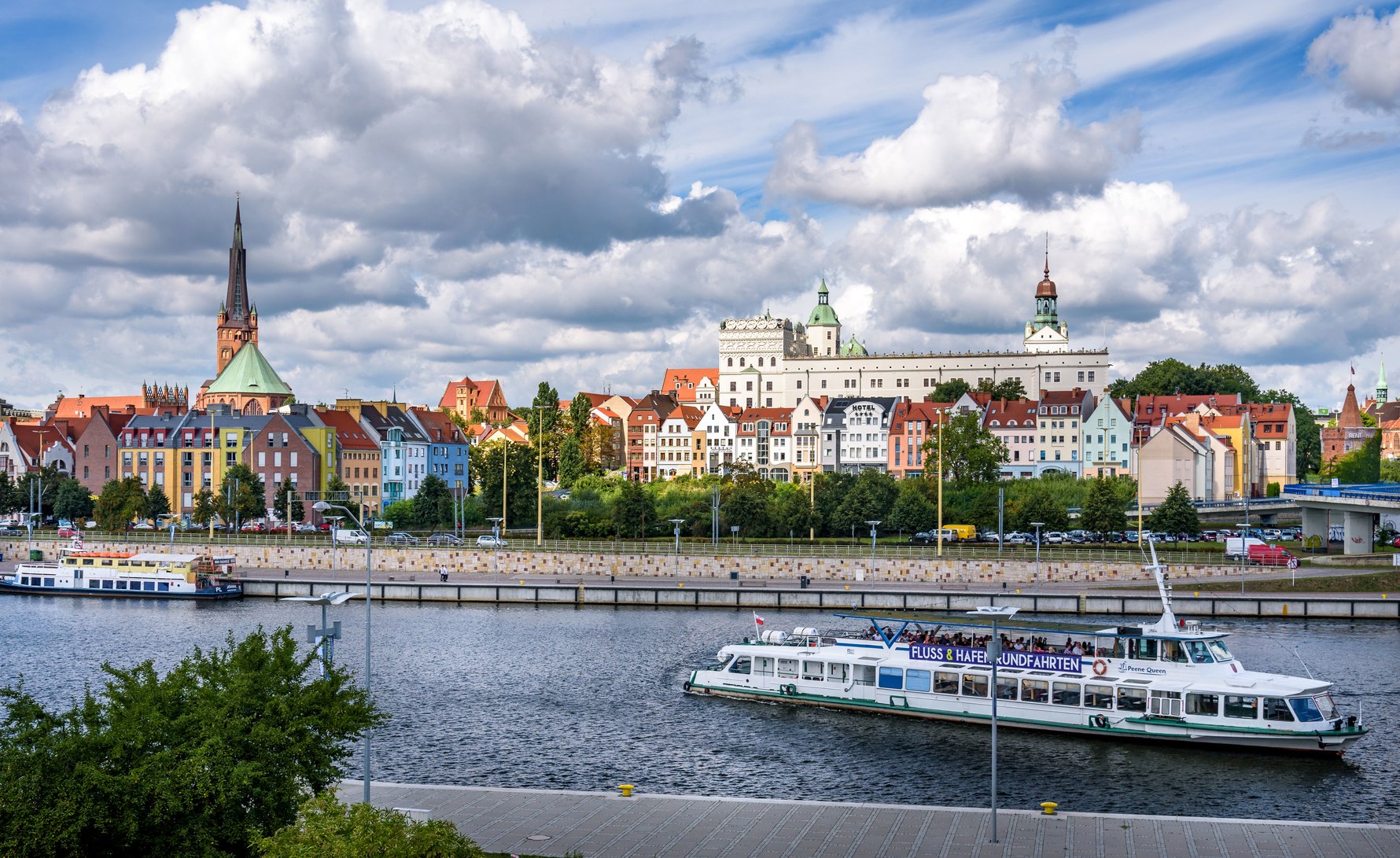
Heading up the E28 along will swing you by numerous coastal towns, including the Pomeranian inlet towns of Kołobrzeg (literally 'around the coast') and Ustka (literally meaning 'little mouth'), both popular domestic beach getaways. Further along, Łeba adds to the geographical mix with a bounty of Star Wars-esque sand dunes and lagoons within Słowiński National Park. Heading south along numerous country roads will bring your road trip into Kashubia, also referred to as 'Little Switzerland' in reference to the magnificent lakes, hills, streams and forests it has to offer.
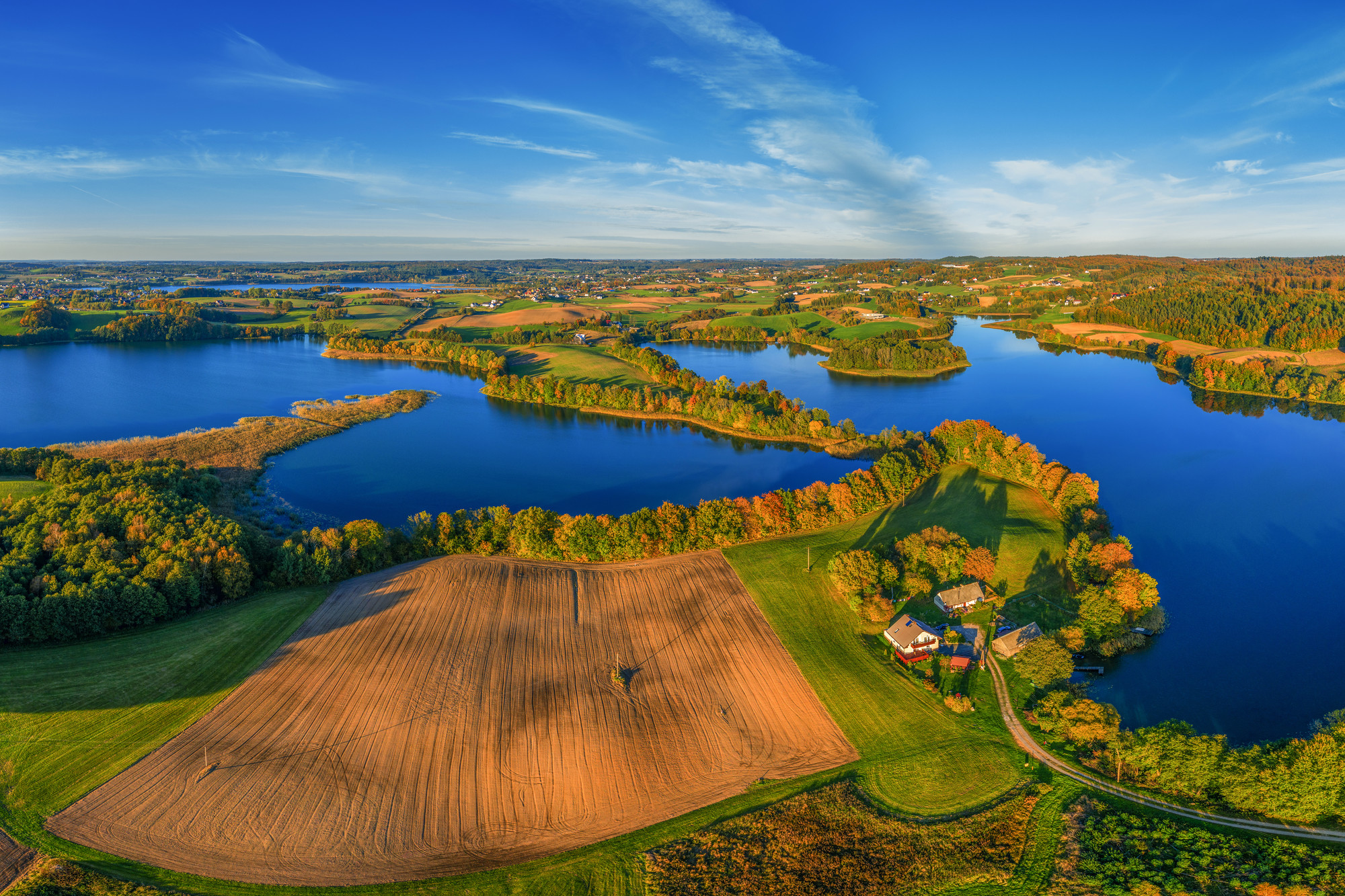
The main centres of Kościerzyna and Kartuzy are good launchpads to explore the region. Heading west on National Road No.20 will bring you to the historic town of Bytów, home to a fancy Teutonic castle and a raised arched-railway line! In the opposite direction is the Wieżyca Observation Tower, offering incredible panoramas of the Kashubia Protected Landscape Area, which tempts many visitors to explore on foot! In Szymbark, you'll find an upside-down house and an open-air museum with lots of lovely old architecture. Continuing east along National Road 20 and connecting to 6 will send you in the direction of the Hel peninsula, a wealthy stretch of sandy beaches that are surprisingly under-utilised. Here you will almost always find enthusiastic surfers and kite surfers, whilst inland in Jastarnia is a popular skydiving centre. At the peninsula's tip is the town of Hel, where an oceanography centre shows off its resident-family of seals!
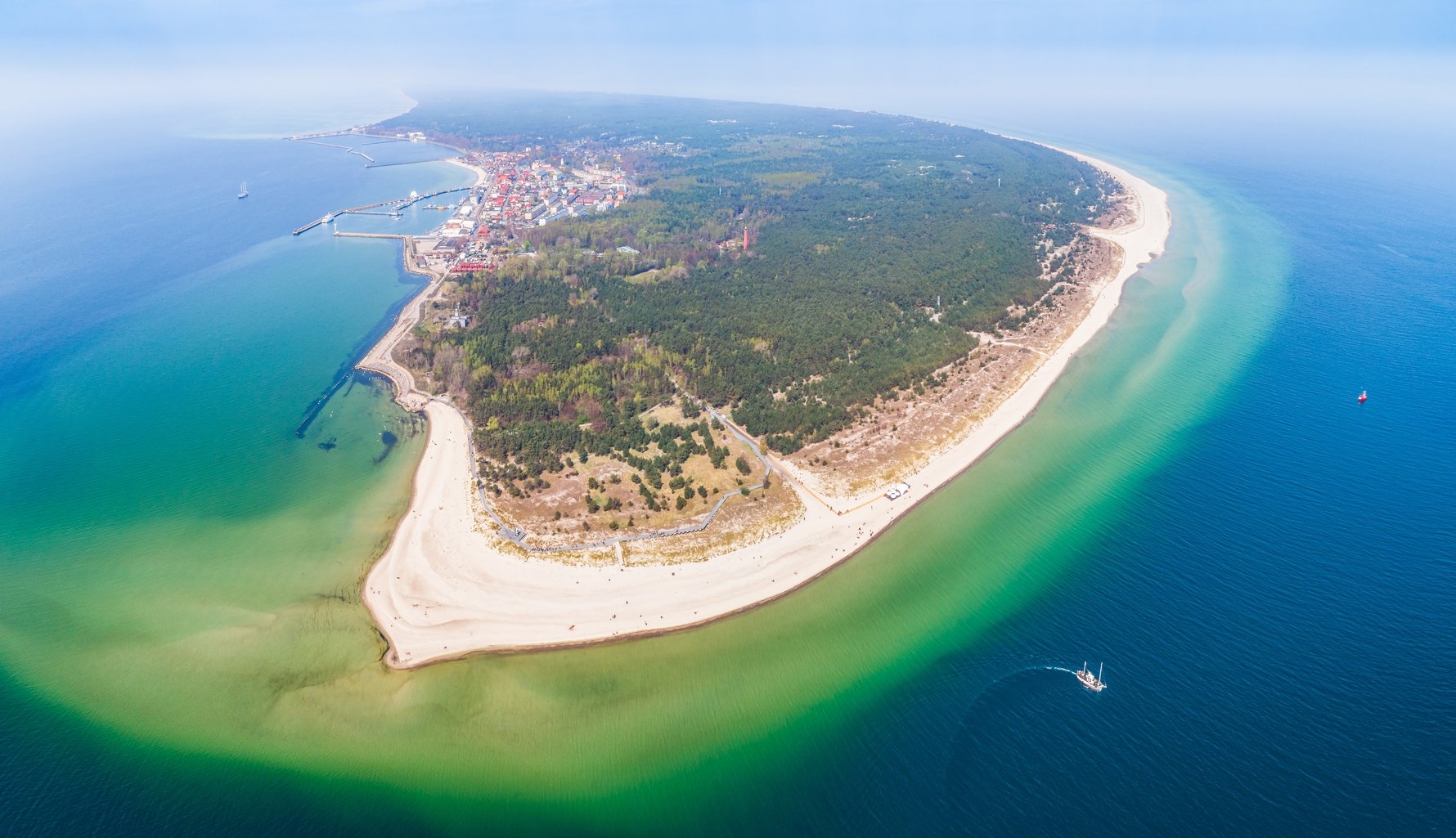
MALBORK, TORUŃ, BYDGOSZCZ AND CENTRAL-NORTH POLAND
Across Poland, you will spy many a castle or church that belongs in either a Disney fantasy or horror movie. Either way, the penultimate of both of these can be found in Malbork, where National Roads 22 and 55 intersect. This stunning Teutonic Castle complex is a whole day's worth of exploring, complete with historic reenactors and flea markets in the summertime. Further south on the E75, another historic gem awaits in the UNESCO Heritage-listed medieval city of Toruń - the birthplace of astronomer Nicholas Copernicus, as well as being the home of Poland's world-famous gingerbread and half a square kilometre of stunning brick gothic architecture.Those seeking out the small-town atmosphere without compromising too much on cultural and nightlife options should look towards Bydgoszcz, only 52km west of Toruń. This peaceful regional centre, rooted in late 19th-century Prussian architecture, has plenty to offer in terms of riverside gastronomy, nightlife, live music and a decent calendar of cultural events. The Museum of Soap & History of Dirt is worth a visit!! Halfway between Bydgoszcz and Poznań (see more further down) on the S5, you can also drop in at Biskupin Archaeological Museum - a recreated iron age settlement that, like Malbork, has been brought to life with living historians and period events.
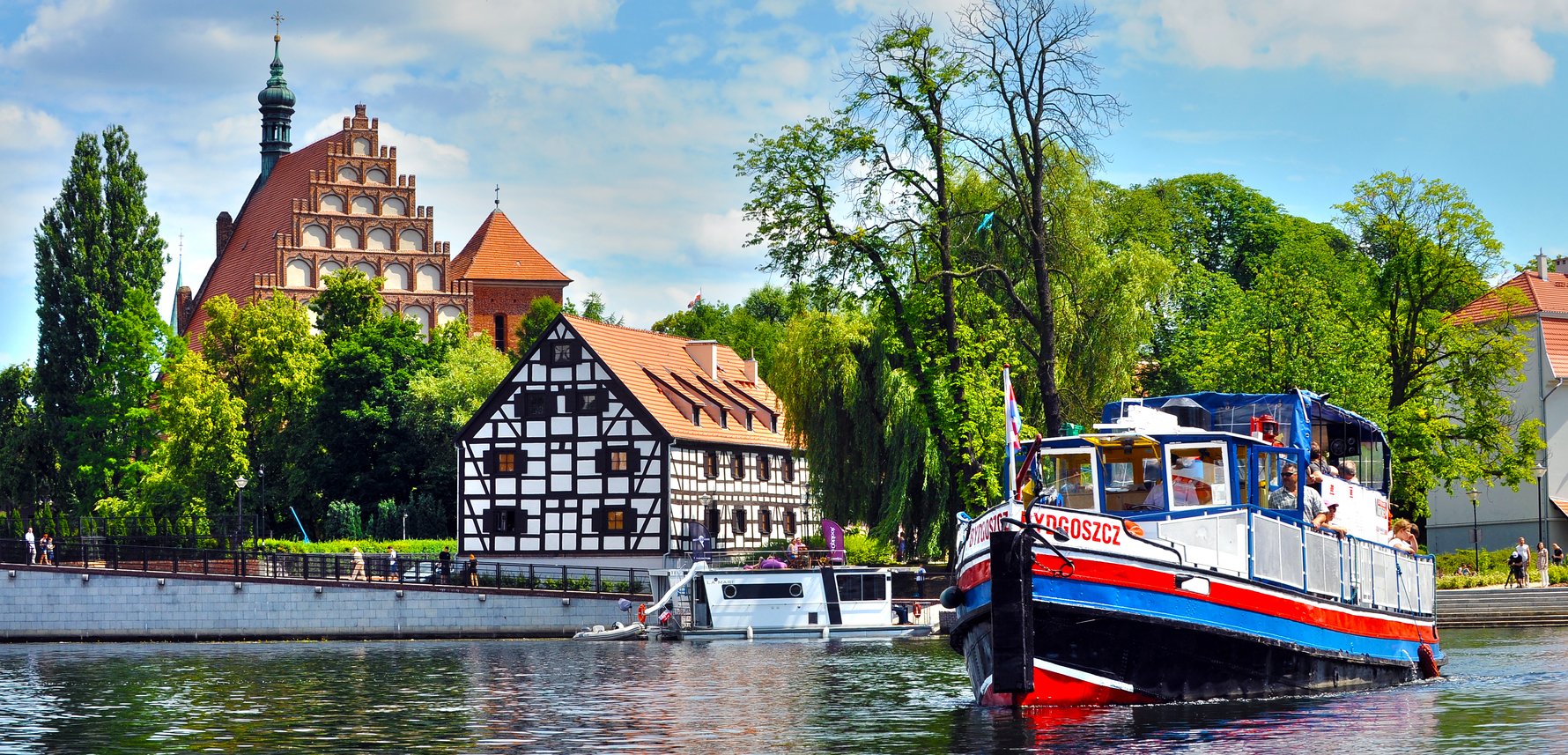
POZNAŃ AND GREATER POLAND
Travelling from Germany to Poland by car via the E30 Autobahn will bring you through Lubuskie into the oldest part of the Polish state - Greater Poland (PL: Wielkopolska), packed with historical attractions as well as the picturesque geography that is as beautiful as the nation's founders saw it a millennia ago. Typically, a visit to the region kicks off in the gorgeous historic city of Poznań, the regional capital, but it certainly doesn't stop there. Gniezno, Poland's first-ever capital, is just 50km away and is unassuming in size, but certainly not in local sightseeing!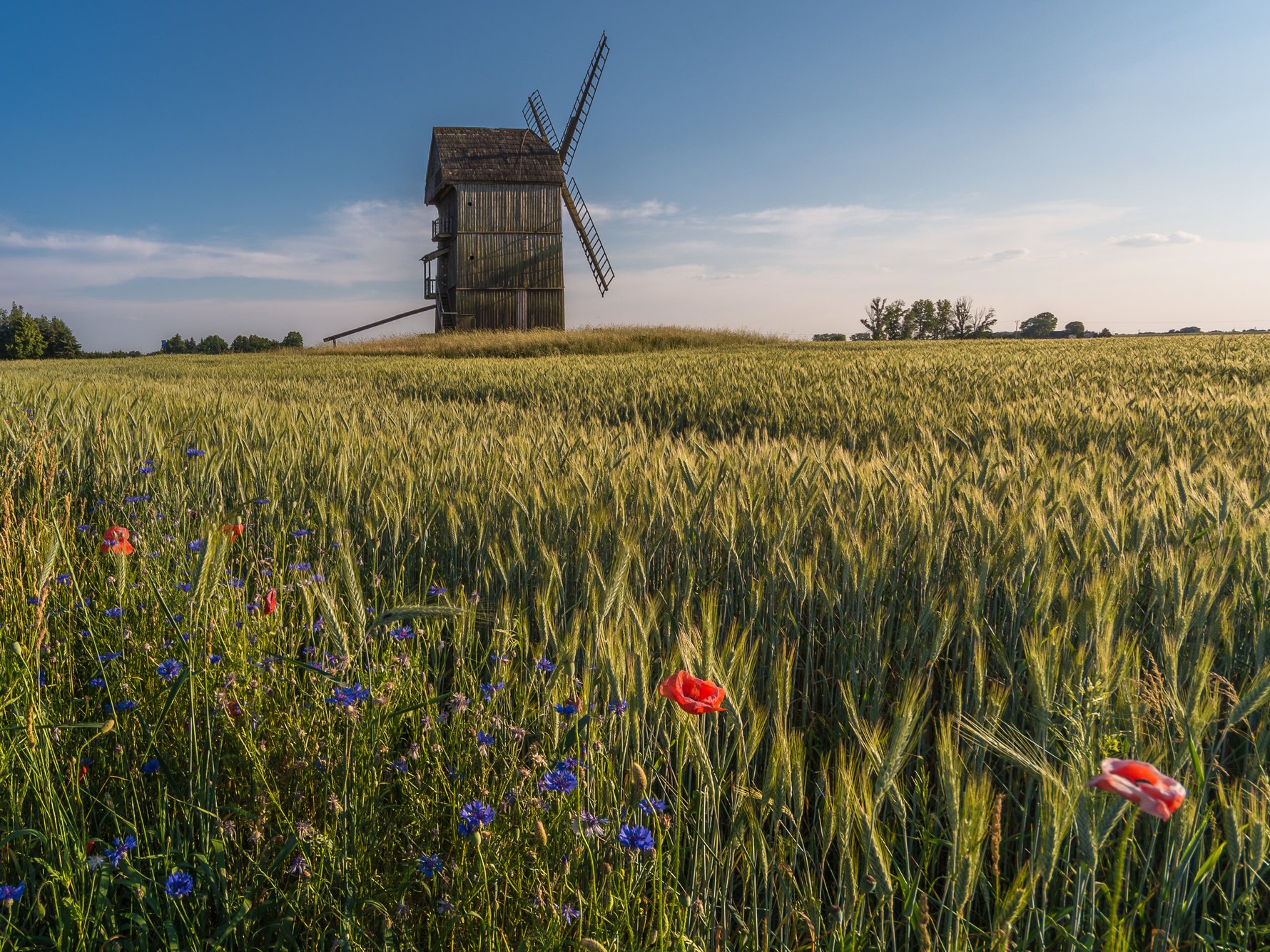
Further afield, like Kalisz and Leszno, are also worth a moment of your time, especially if you're looking to escape the rat-race of bigger Polish cities! Open-air museums at Ostrów Lednicki and the nearby Wielkopolska Ethnographic Park offer a glimpse into Poland as it was in centuries past, whilst Kłodawa Salt Mine offers visitors a uniquely subterranean experience! Greater Poland has been the home of a number of prominent aristocratic families and Polish royalty, thus you can find a number of palaces, estates and castles in equally-stunning locations like Kórnik, Rogalin, and Gołuchów. Those looking to experience the natural wonders of the region need not look far: Greater Poland National Park and the Land of 100 Lakes are characterised by serene post-glacial lakes, surrounded by dense pine forests, that offer plenty of options to get active in the outdoors! Furthermore, young families visiting Greater Poland with kids have nothing to fear, as your choices for sightseeing and outdoor activities are well-catered for small and curious minds as well!
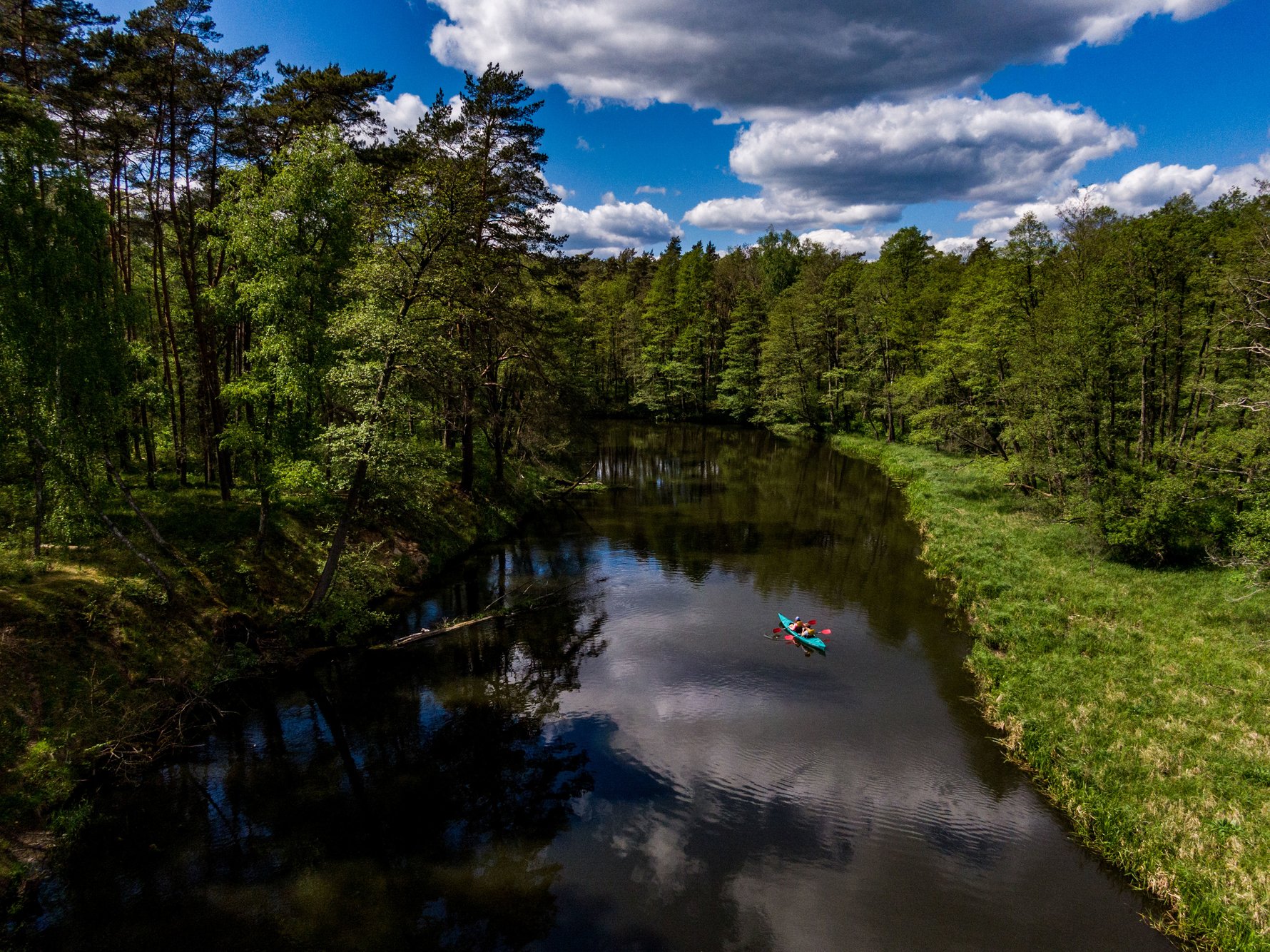
WROCŁAW, KATOWICE AND SILESIA
Poland's southwest is dominated by the major centres of Wrocław and Katowice, both of which are certainly worthy of your time. However, like elsewhere in Poland, a car can open up the sightseeing possibilities of the region. Towards the Czech border, the holy pagan mountain of Ślęża can be found along National Road 35. Further towards the colourful historic city of Wałbrzych is one of two UNESCO World Heritage Sites - "Peace Churches" in Świdnica (the other in Jawor is to the northwest along the A4). Nearby, and also vying for your attention, is the fantastic architectural mish mash of Książ Castle, the largest in the region, which has plenty to show on the inside and is enviable piece of real estate as well!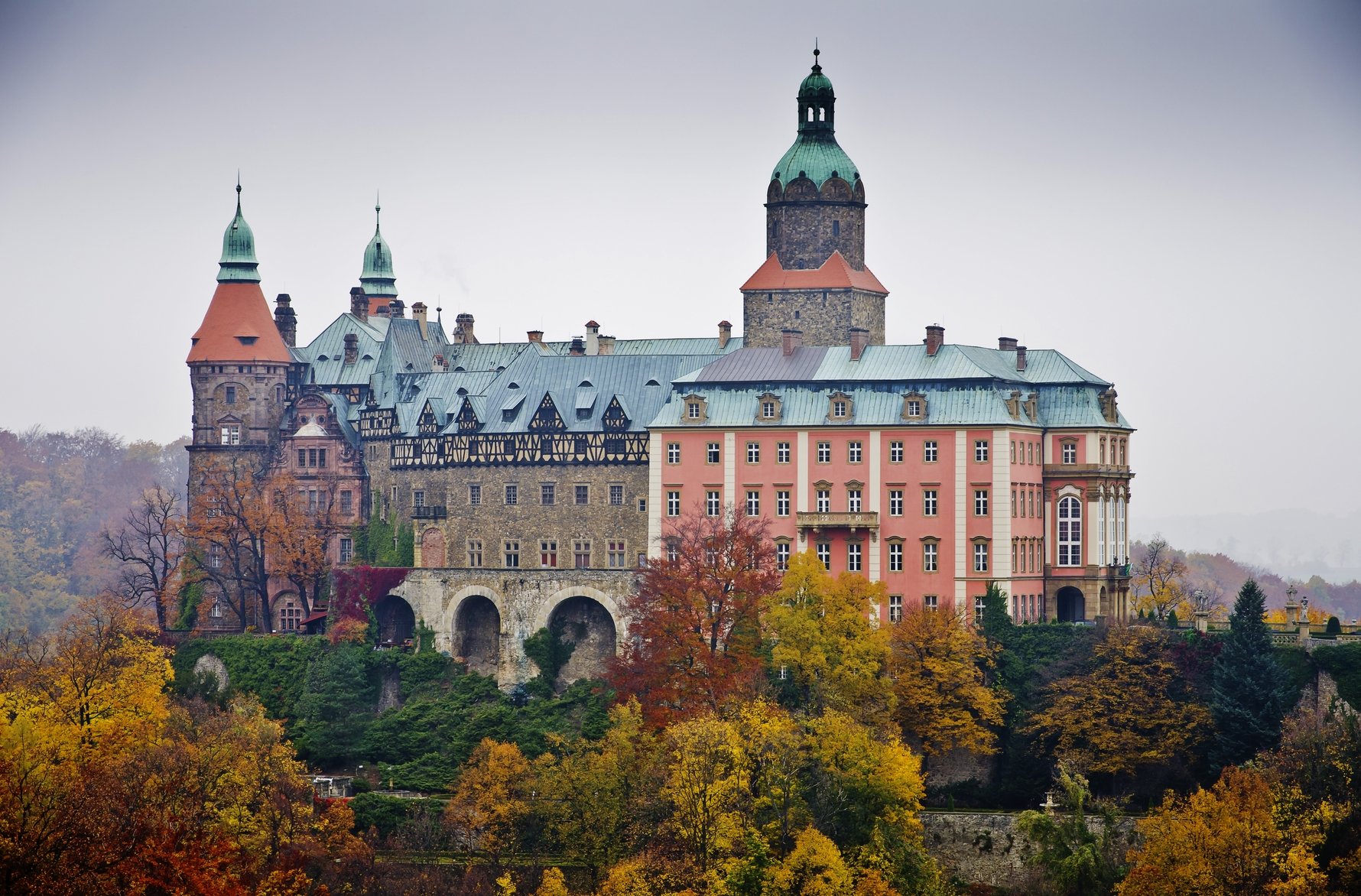
Further down the A4 and ascending the Silesian highlands, the post-industrial city of Katowice often gets looked over in tourist itineraries. While the UNESCO City of Music has the perfect balance of history and revitalised spaces to brag about (which are totally worth your time) Silesia is endowed with concrete and steel "monstrosities" that travellers in the 'alt/urban' tourism category tend to salivate over by the litre. Thus, the Industrial Monuments Route was created with such tourists in mind, and having a car only makes a comprehensive visit more possible!
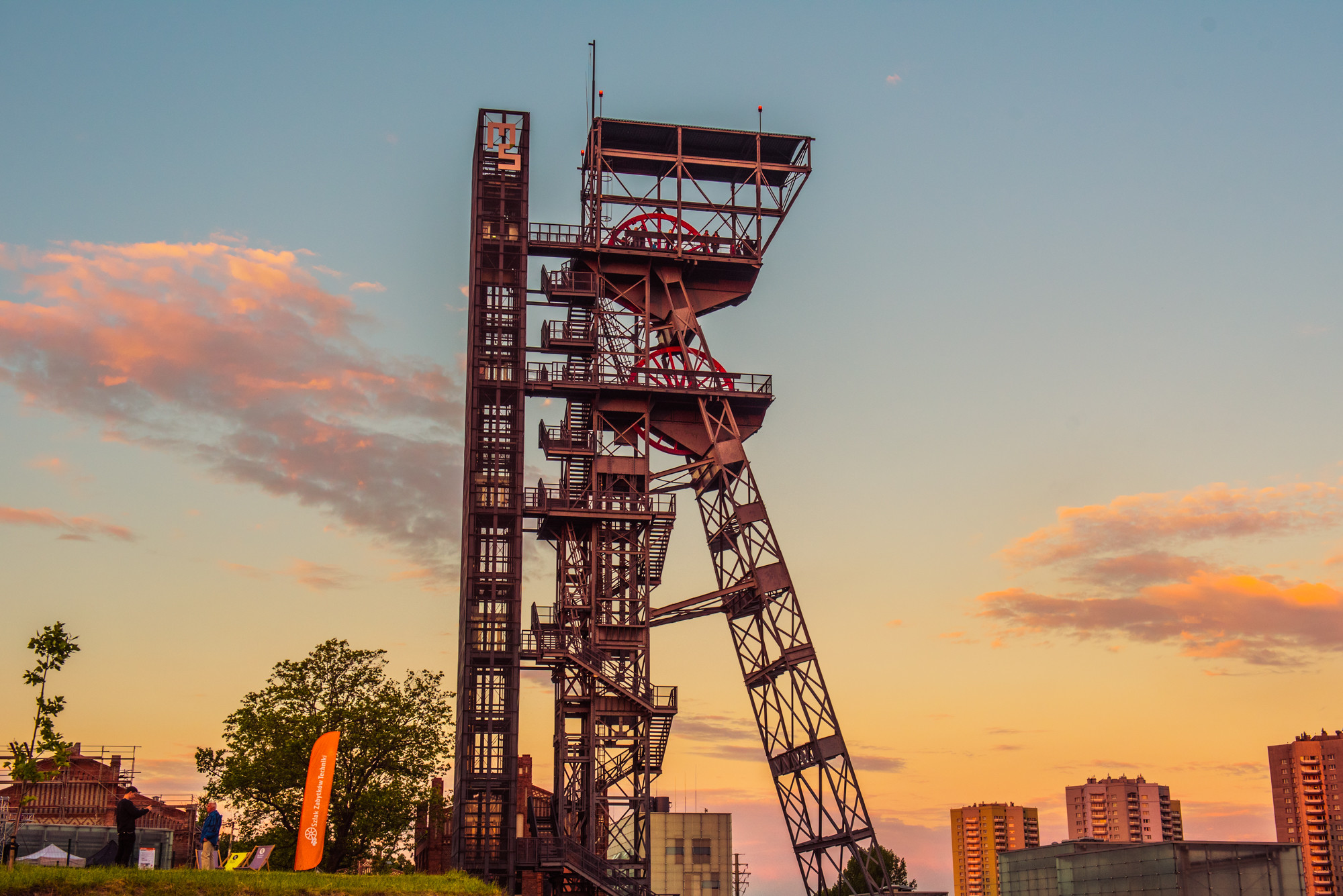
KRAKÓW AND LESSER POLAND
Kraków is Poland's most popular tourist destination and we could go on ad nauseum about its wonders. However, jumping in the car and getting out into the surrounding regions of Małopolska (ENG: Little Poland) offers an additional bounty of fantastic sights worth exploring. A total of 9 UNESCO World Heritage sites that can be found within an hour's drive of Kraków, including the mesmerising subterranean world of the Wieliczka Salt Mine and 8 wooden churches that are dotted around the landscape (see the list and map here).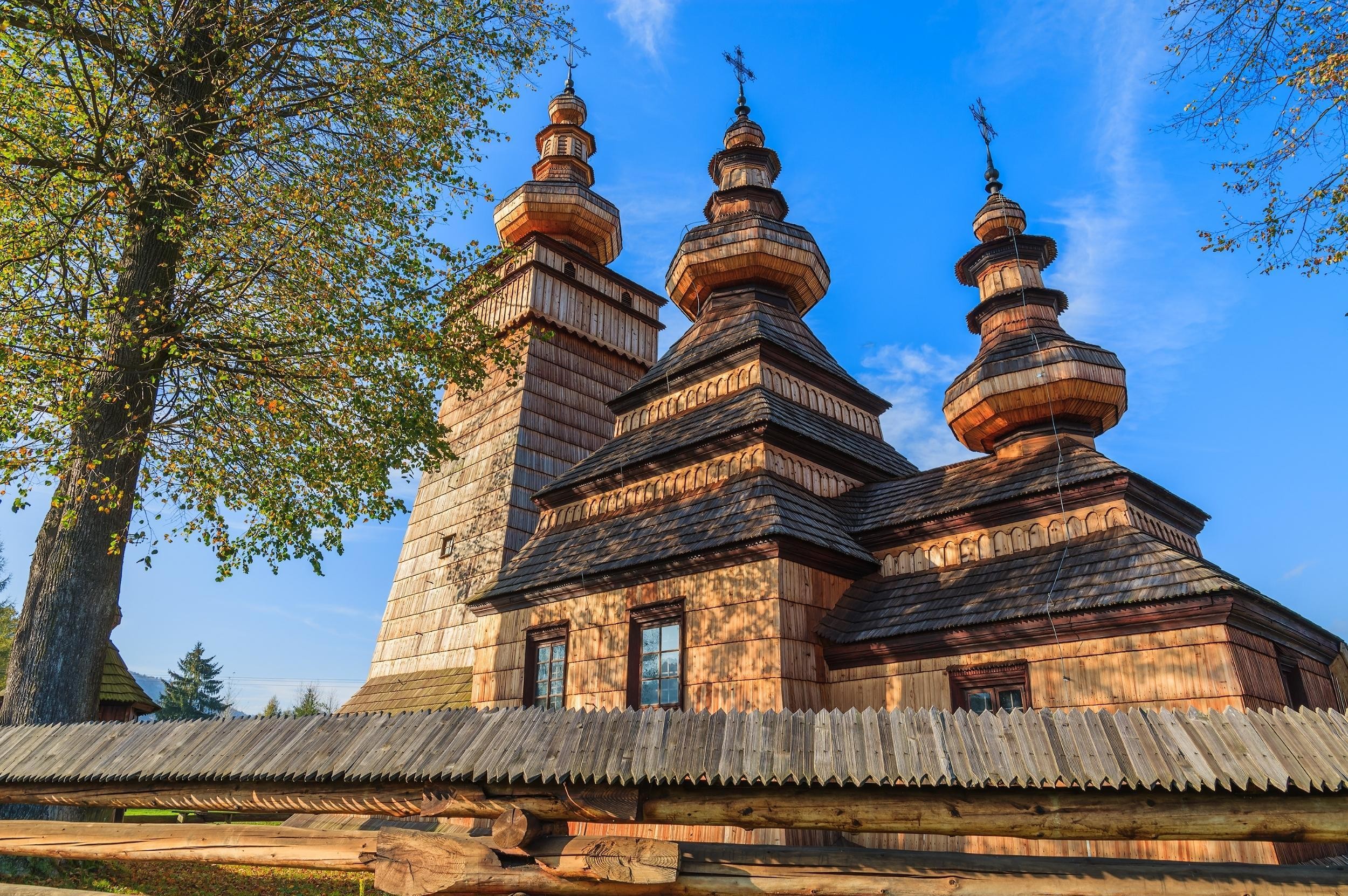
The hilltop medieval strongholds in Tyniec and Ojców are an easy car-trip away from the big smoke and popular in the warmer months. The darker chapters of European history can be witnessed at Auschwitz , the site of WWII's most infamous concentration camp, on National Road 44 an hour west of Kraków. While its contents are indeed troubling, we believe it's an important site to visit and encourage you to make the effort. In the opposite direction on the A4, the small historic city of Tarnów was recently rated by National Geographic as one of Europe's most visitable small cities (we agree!!). 35km north on National Road 973 is "the most photogenic village in Poland" - Zalipie - famous for its houses that are adorned with traditional floral folk patterns. In the opposite direction, down National Road 977, is the 'City of Light' - Gorlice - located at the foot of the picturesque Beskid mountains and home to the world's first kerosene street lamp that was installed in 1854!
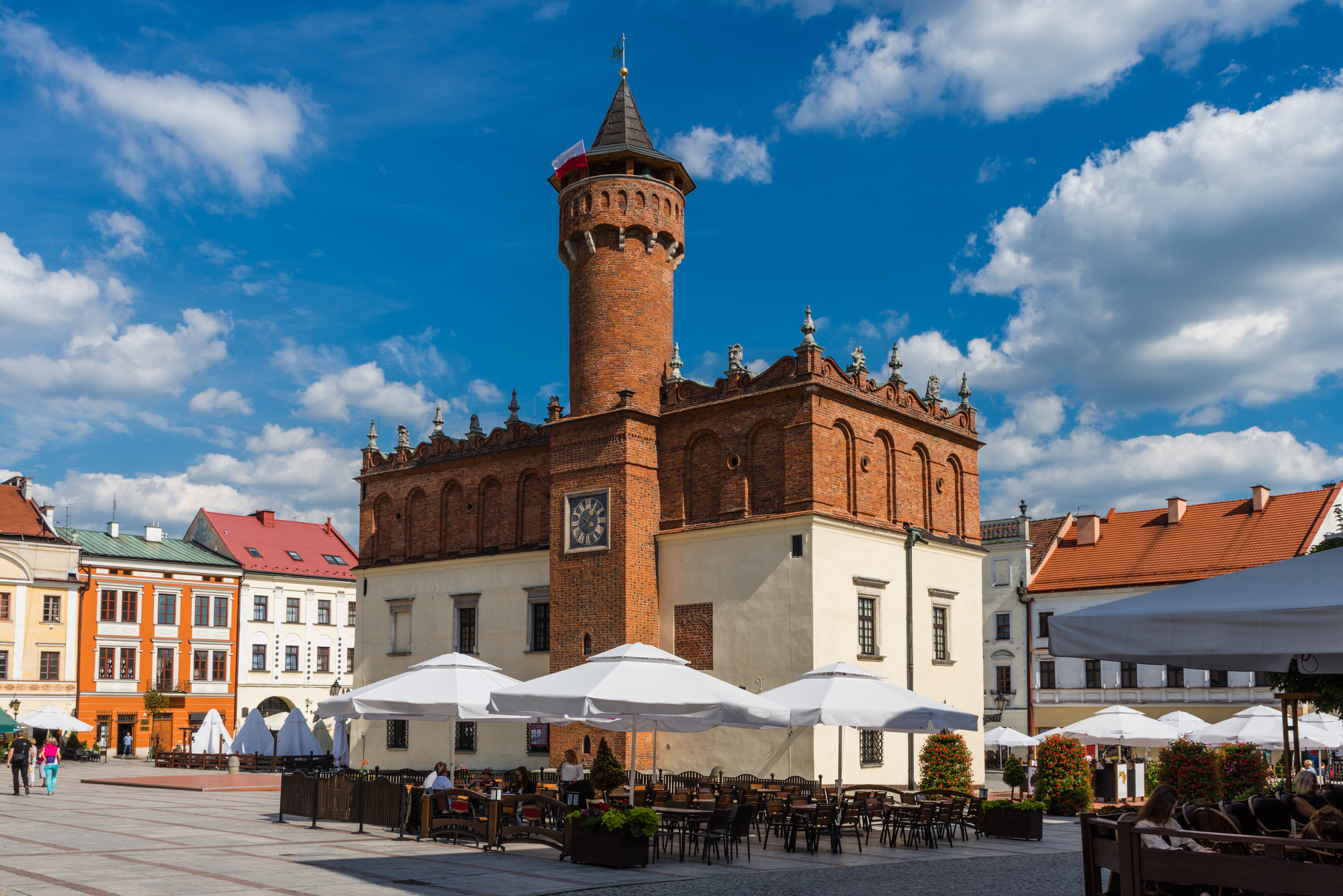
LUBLIN AND EAST POLAND
Lublin is often dubbed the Eastern Capital of Poland and is easily one of the most underrated cities in Poland. Once you're done exploring its charming old centre, you can first plot a course for Kazimierz Dolny, an even more picturesque historic town in the Lubelskie region with an idyllic hillside-and-river location and stunning views that draws plenty of domestic tourism all year round. In the very south are the Bieszczady mountains, a sparcely populated area on the Slovakian and Ukrainian border with plenty of hiking trails with very little public transport infrastructure. The answer - rent a car!
LUBUSKIE AND WEST POLAND'S WINE COUNTRY!
Yet another under-utilised spot on Poland's wealth of regional sightseeing, not to mention a decent third option for your grand entry from Germany to Poland by car (exit the E30 onto National Road 29). Lubuskie (not to be confused with the aforementioned Lubelskie) is the home of Poland's burgeoning wine industry, which is growing each year as an ironic upside to climate change. Getting between major centres like Zielona Góra and Gorzów Wielkopolski and indulging in the various wineries that dot the landscape in between can only be done feasibly by car. That being said, Poland has a blood-alcohol limit of 0.0, which means you should consider staying in on-site accommodation if you plan on doing wine-tasting!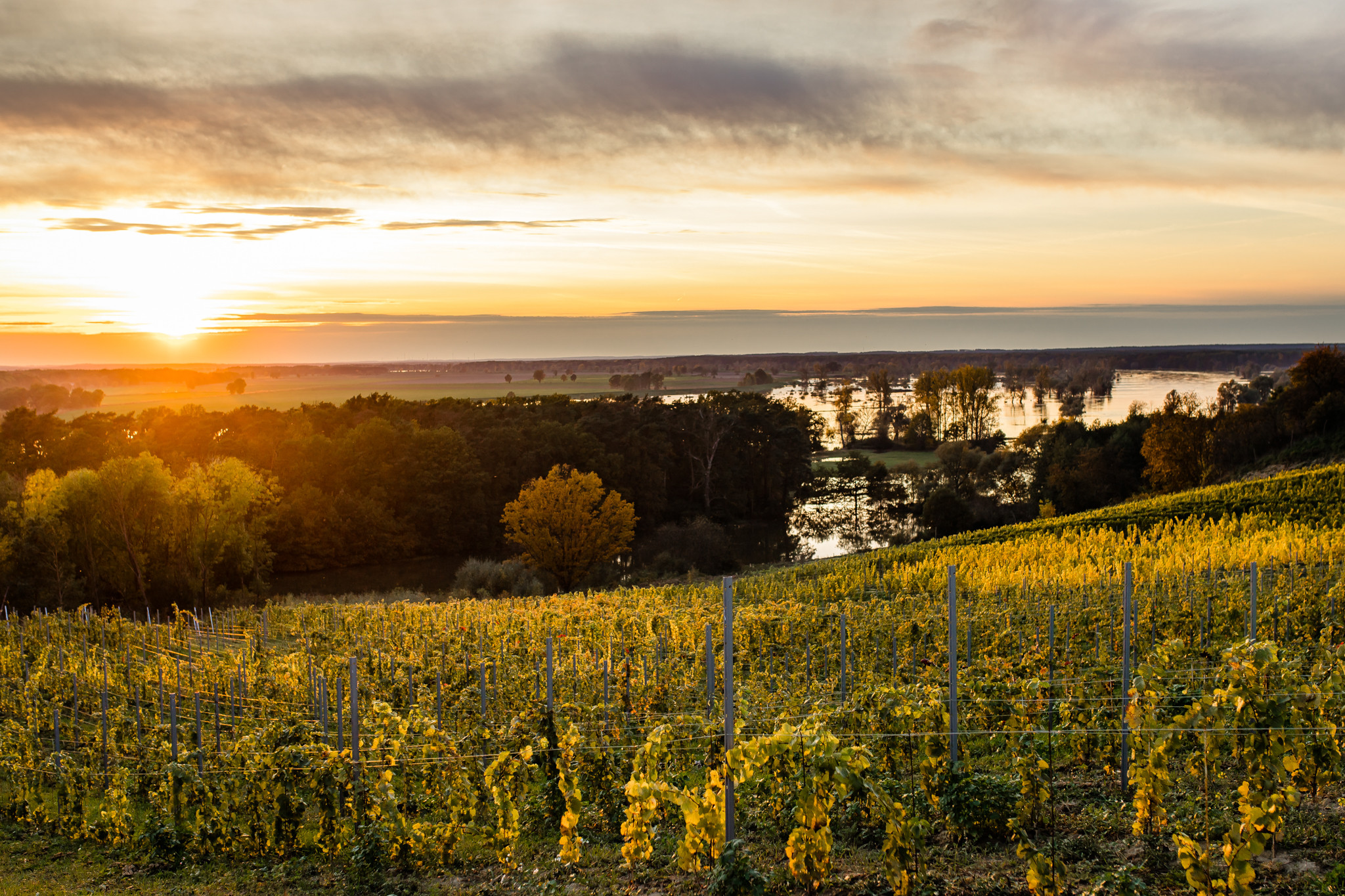


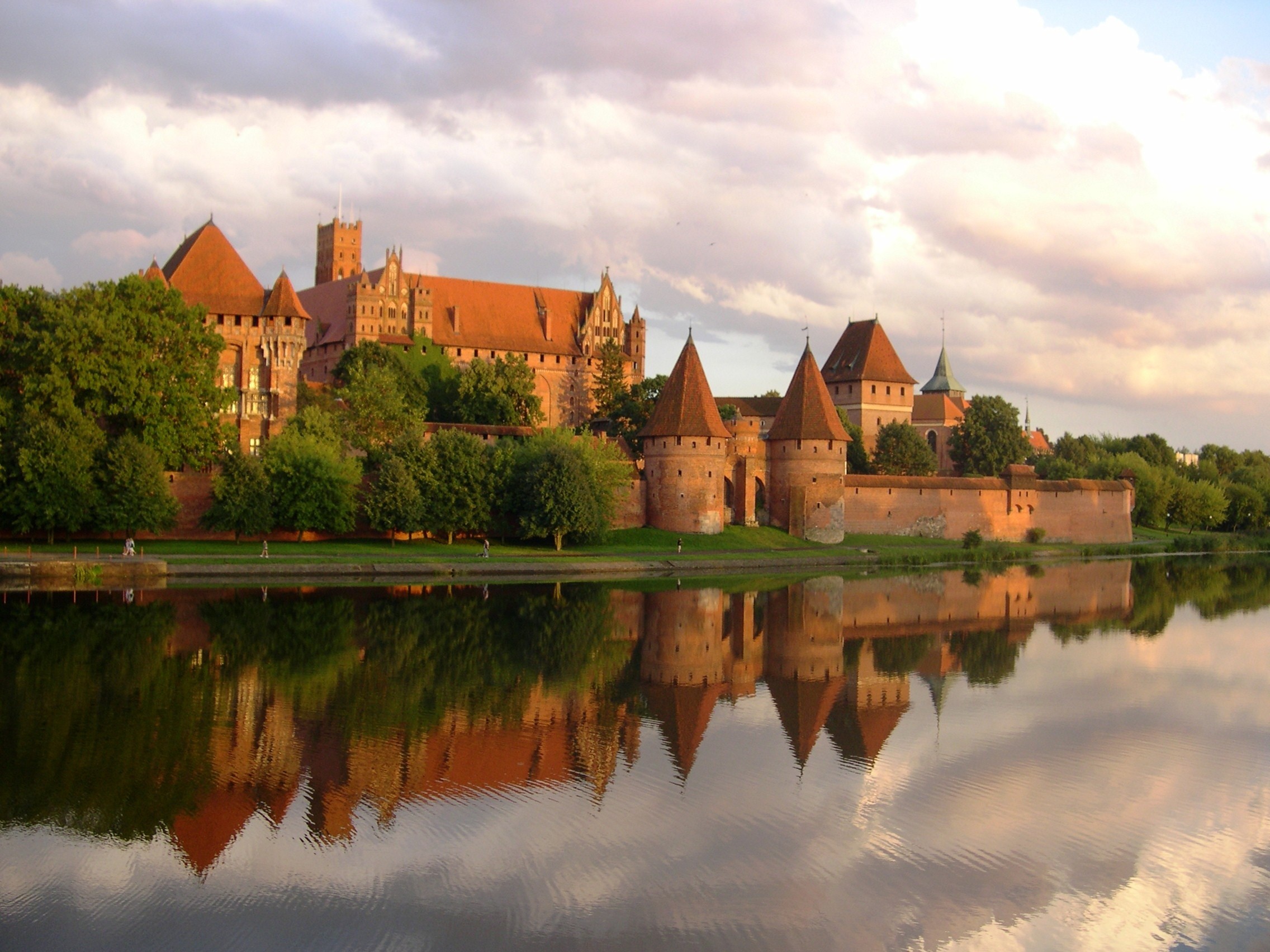



Comments